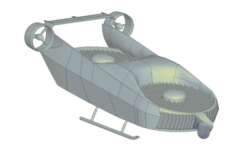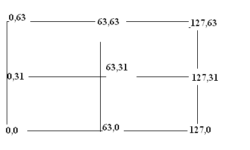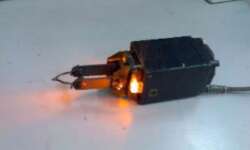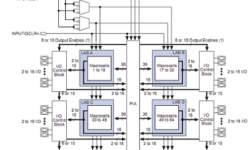Embedded Electronics for the Handicapped
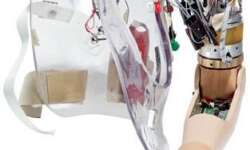
Embedded electronic technology is all around. One may live in a digitized house, ride a car or subway train with embedded sensors and detectors and work using an integrated company network. One can eat lunch in restaurants or play in amusement centres with integrated computers, screens and controllers. Embedded electronics technology is not limited to data transfer, sharing and storage. Many health-care related products also utilize embedded electronics to improve the quality of life. More advanced prosthetic limbs with microprocessors are being developed to bring comfort, stability and balance to be disabled but active members of society.






